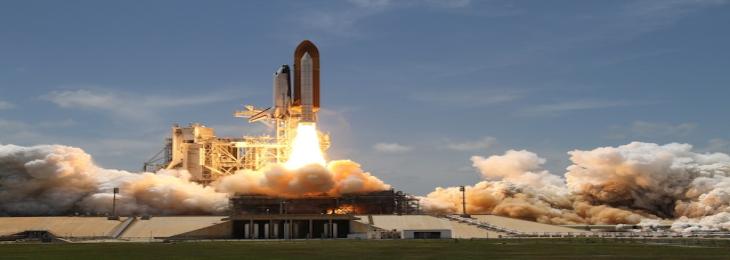
Bolger said that during the second attempt, new human processes took the place of automated ones and that the launch crew could have utilized the extra time to put them to the test.
Therefore, Bolger explained that as a leadership team, they didn't position their operators as effectively as they might have. NASA will test a slower, kinder, and gentler procedure that should prevent these occurrences during the fuelling test on September 17.
Free said that they all own the process. He believed that everyone had their finger on the switch.
It has been difficult for NASA to fuel the Artemis 1 SLS rocket with ultra-cold liquid hydrogen and liquid oxygen propellant. The organization did four test runs, dubbed wet dress rehearsals, before the two launch attempts, but failed to check all the necessary boxes during any of them.
Bolger said they will assess the effectiveness of the leak fixes during the subsequent fuelling test.
Free stated that the first time they were running the vehicle, noting that NASA faced fuelling issues with its Apollo and space shuttle operations. "Trying to achieve this has its difficulties."
Finally, NASA must schedule the Artemis 1 launch for a time when the moon mission can be supported by its Deep Space Network communications capabilities.
On September 26, NASA's DART asteroid probe is due to collide with a tiny asteroid. To communicate its findings to researchers on Earth, the DART asteroid probe will utilise the Deep Space Network. The launch dates of NASA's Artemis 1 on September 23 and September 27 should prevent any conflicts with that mission, according to Free.
On October 3, SpaceX intends to launch Crew-5, the following NASA astronaut crew mission to the International Space Station. Another limitation on Artemis 1's ability to fly is that, according to Free.






